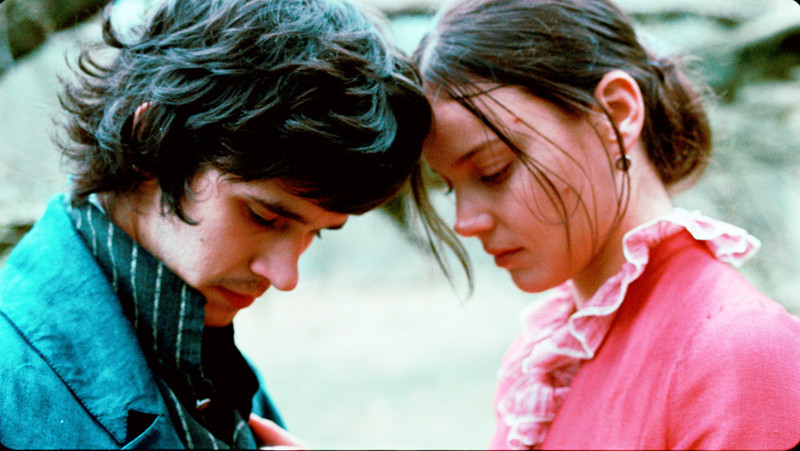
What makes a romantic movie great? Is it the characters? Is it the era when it takes place? Or is it the circumstances under which it takes place? A great romance is defined by many factors, but the stories that are most enduring through time are ironically the ones that did not last.
The most famous doomed romance in Western culture is undoubtedly “Romeo and Juliet” by William Shakespeare. There is something special about condemned romances, unconventional love stories, and social pariahs that find refuge in one another.
It makes you realize that everything is ephemeral, mostly your life, making you cherish what you have a bit more. This special premise strongly relies on viewer’s nostalgia as well, but ultimately, it teaches you that most of the time there is no happy ending.
For the list, some lesser known movies were given priority over movies like “Romeo and Juliet” and “Titanic,” which are quite obvious choices. No one denies their influence, but there is an abundance of movies need to be discovered.
So here are some of the best doomed romance movies, some well known others and not so much, that provide that soul-cleansing bitter sadness.
WARNING SPOILERS AHEAD!
15. Lovers On The Bridge (1991)

This movie is not pretty; it is not romantic in a traditional way and it most certainly is not everyone’s cup of tea. Leos Carax is an exceptional yet peculiar filmmaker. He always finds a way to sneak in aspects of different genres in his films; whether it is romance, comedy or fantasy, it always works. This is why his work is so distinct and so unique. Such is the case with “Lovers on the Bridge” as well.
A heavy themed drama as told by the two protagonists and their dysfunctional relationship.
Alex (played by Carax’s most favorite actor, Denis Lavant) and Michele (portrayed by Juliette Binoche) are two vagrants living at Pont Neuf bridge in Paris. Alex is an alcoholic would-be circus performer and Michele is a painter forced to live on the streets while enduring near blindness. The two are drawn to each other like magnets and form a toxic relationship, which could either elevate them or destroy them completely.
They say that one has to hit rock bottom in order to gather his pieces and reform his life again, and this most definitely applies in this case. The two outcasts share a love-hate relationship as Alex uses Michele while depending on her psychologically, and Michele becomes dependant of him as her vision deteriorates. The two characters clearly need each other physically but even more psychologically.
Through the hardships they experience together, they start caring for each other in a way. But they care about themselves more, thus becoming abusive. Alex cannot accept the fact that he could end up alone again and does everything in his power to keep Michele by his side, even if that means she will never restore her eyesight. Alex takes on the role of the abusive one and Michele the role of the victim. But one should ask themselves who is truly to blame in such cases.
This extreme premise can actually be realistic, as it is a common sight in real life under different circumstances. Carax chose to explore what an abusive relationship is like through two non-relatable characters who gradually become familiar. From the moment they laid eyes on each other, their relationship was doomed as it was formed under extremely difficult circumstances.
Although they bring down on each other every insecurity and fear they have inside, they slowly realize how much they’ve failed in life. Time doesn’t go back and they cannot make up for their wasted lives – they only have each other.
The film is equally poetic and gut-wrenching as the contradiction of imagery becomes intense. Images of extreme poverty and destitution along with abuse, regret and sadness on the one hand, and beautifully filmed shots of Paris, fireworks lighting up the night sky along with a glimpse of happiness and hope on the other, create a must-see film. Carax may not be the most recognized director around, but he is surely one of the greatest.
14. In Your Eyes (2014)
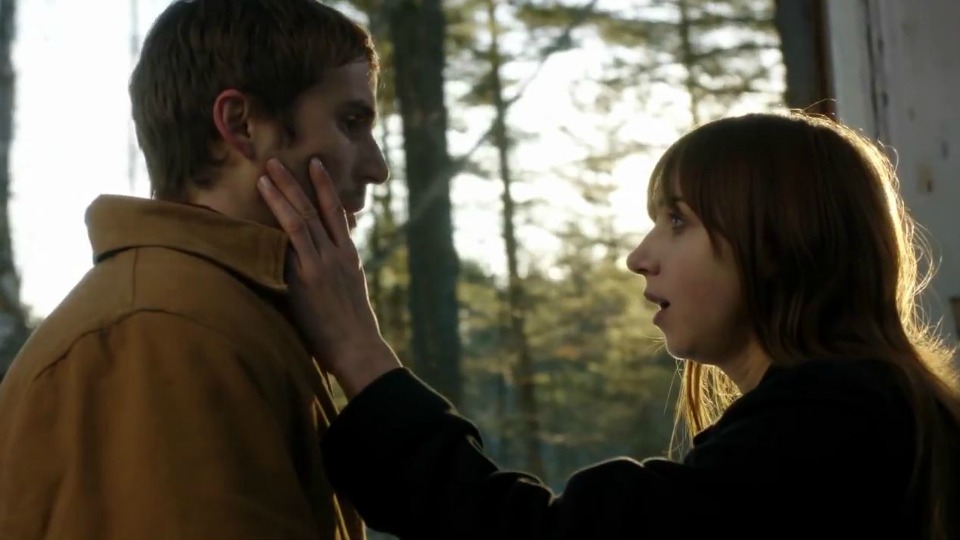
A doomed love story doesn’t always have to be heavy-themed or extremely sad. This is an example of a light-hearted movie that blends fantasy and reality, melodrama and comedy, humor and bittersweet feelings in equal measure.
It is directed by Brin Hill, who adapted a scenario Joss Whedon wrote many years ago, and it follows two strangers, Dylan and Becky, living in different states who share a strange telepathic bond. Basically, they both feel the same things, physically and psychologically. Through constant communication, they start caring for each other, eventually falling in love, straying from their routine and growing distant from their social circles.
The plot doesn’t necessarily qualify as a doomed romance at first. Although they have different backgrounds and social statuses, they share a strong bond that is constantly fed by their desire to meet each other face to face. What solidifies its place on the list is its ending which at first seems like a typical happy one. As the film comes to a close, however, the viewer realizes this relationship is getting nowhere.
What is left to the imagination is the upcoming separation when they get caught. The ending hides another interpretation that serves as a reminder that in real life, soul mates usually never meet, let alone end up together. An unexpected plot progression that ends on a somber note, hidden behind a happy ending.
The movie is by no means perfect. It is cheesy and uses a lot of clichés without bring anything new to the table. However, while it is not groundbreaking, it most certainly stands out from a million other rom-coms for its memorable plot, likable characters and heartwarming performances, proving that a condemned romance can be found in a mainstream movie as well, outside the arthouse scene.
13. Harold and Maude (1971)
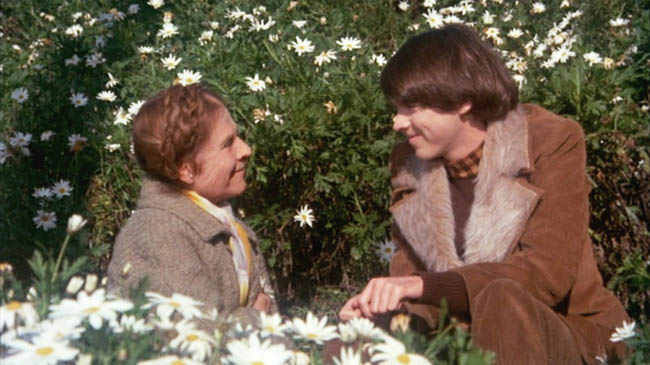
Hal Ashby is a very underrated director of American cinema and his work is unfortunately trivialized by Hollywood and its “standards.” The main reason his work is often underestimated, is the unconventionality and unique sense of humor that is ever present in his movies. Such is the case with Harold and Maude, with its true value being appreciated years after its release (although it won two Golden Globes).
The plot revolves around the titular characters: a young adult named Harold, who is obsessed with death, and an old lady named Maude, who is obsessed with life. They both liked to attend random funerals where they eventually meet. Soon they form a strange bond, which leads to an unexpected romance.
The premise might seem a bit too weird and wacky at first, but it actually works and it is really effective. Both Harold and Maude are a bit alien to society’s acceptable standards. They are weirdos who refuse to comply against having a different point of view. Yet they both miss something in order to be complete.
Harold’s morbid fascination with death mostly emanates from his social status and his mother’s pressure. He is bored of riches, luxurious houses and suppers, and the general status quo. Maude, on the other hand, does not accept the fact that she has reached her twilight years. She has an insatiable thirst for life, mocking death constantly and acting however she sees fit.
What makes the movie particularly memorable and unconventional is that their relationship escalates to true romance (intimacy included).
A romance that overlooks a gap of three generations could not be anything but doomed.
Yet the true gap between them lies in their approach to the relationship and not their age. Maude is perfectly aware of their limited time together, while Harold, being young and naive, finds a partner who finally understands him and he assumes she will always be there. But the greatest enemy is not society, not Harold’s disapproving mother, but time itself.
Ruth Gordon, who won an Oscar for her terrifying performance in “Rosemary’s Baby” (1968) three years earlier, gives an incredibly heartwarming performance, switching between immature and downright mental to wise and caring.
All in all, “Harold and Maude” is a simple, truly unconventional yet touching movie with comedic and dramatic elements in equal measure. Sure, it doesn’t provide a storyline that anyone can relate to, and the general idea might discourage someone from watching it by the plot synopsis alone, but it is most definitely worth your time.
12. Head On (2004)
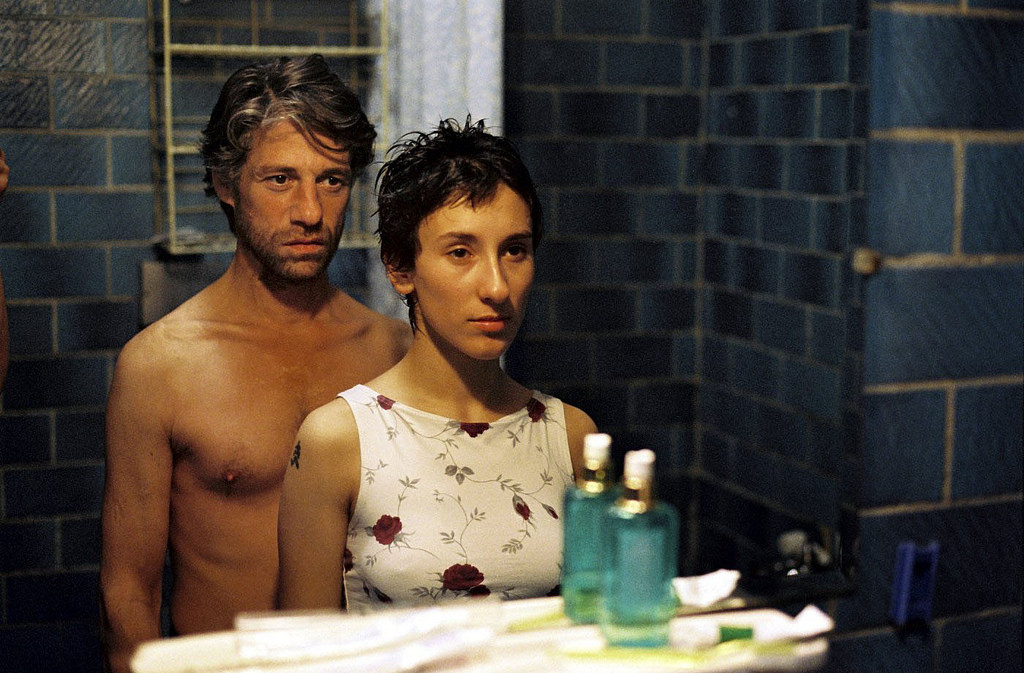
This movie’s plot alone screams desperation and predisposes the audience of a doomed romantic story rarely captured on film.
Fatih Akin loves tragedy in his scenarios as he puts his protagonists through crushing sadness stages and suicidal tendencies, while dealing with social problems quite often. Still he approaches his characters with love, though bitter, and evolves them through tragedy.
Such is the case with this movie as we follow Cahit, a man in his mid-40s who after the loss of his family is a total wreck. He drinks, takes drugs and is on the verge of suicide. He is then approached by Sibel, a young woman who wishes to escape her conservative family, who proposes they stage a fake wedding.
In exchange for helping her, she offers her flat to him and proposes they become roommates. They quickly fall in love, thus descending into a spiral of tragedy, death and loss.
The movie is downright unpleasant to watch due to its plot. The characters never catch a break as misfortunes befall one after another and escaping from their fate seems futile. Even though they temporarily find solace in its other, tragedy strikes and separates them. And when they find each other many years later, they are quickly separated once more. Akin truly never wished for these characters to be happy, let alone together.
It is not the age difference nor the different backgrounds where they come from. They both knew loneliness and sadness, they both wanted to terminate their lives. So the most tragic part of the movie is the progression of their relationship.
A relationship that started out as a lie, with mistrust as they both disliked each other at first. They gradually grew to care for each other as they realized they shared a lot more that they thought and “licked each other’s wounds,” The initial dislike turned into intimacy, while intimacy turned into love and love turned into despair.
11. Bright Star (2009)
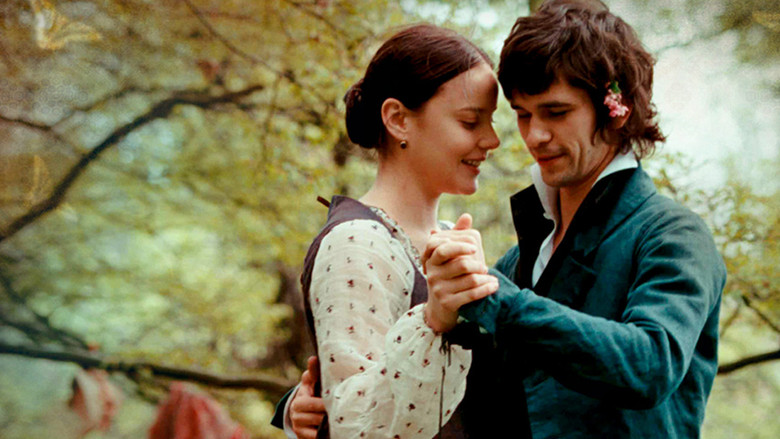
Unrequited love and doomed romance are a common theme of historical dramas. The reason this movie was chosen is because it never gets the credit it deserves, often overshadowed by other historical dramas like “Wuthering Heights.” Yet this Jane Campion film is a true romantic drama with genuine emotion and great performances by Abbie Cornish and Ben Whishaw.
It is the story of poet John Keats as he struggles to get by when he sees that his poems are not well received. When he meets Fanny Brawne, he is reluctant and distant at first. As they get to know each other, he opens up to her, giving her poetry lessons and the two eventually fall in love, even though he is not accepted by her family at first. When Keats contracts tuberculosis, he knows he won’t survive, so he chooses to move to Italy to spend his last days.
The plot speaks for itself. The two lovers only shared a few moments of joy in their short relationship that weren’t enough to change them. They loved each other deeply, yet that wasn’t enough to save John from his fate. Keats was accepted by Fanny’s family only in the very end, when his health has deteriorated. Just when they thought they could live happy together, John, wanting to relieve Fanny, decides to move to Italy. Their final farewell crosstalk is truly heartbreaking.
Their love and imminent doom are described perfectly by one of John’s lines: “We have woven a web, you and I, attached to this world, but a separate world of our own invention. We must cut the threads, Fanny.” Then they proceed to imagine what life would have been if he returned. Truly touching and immensely sad.
A beautiful film with excellent directing, costumes and cinematography by Greig Fraser that brings to life one of the greatest romantic poets to come out of England. A must-see for historical romantic drama fans.
10. Keith (2008)
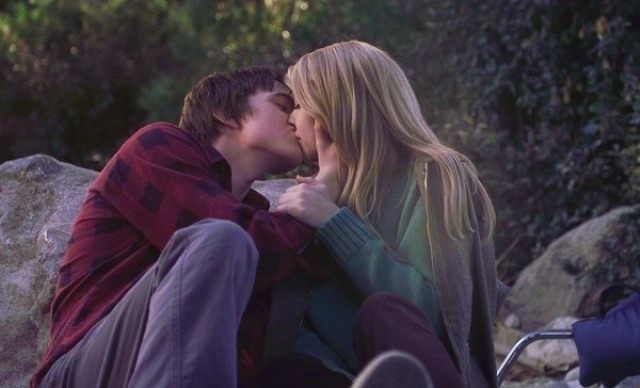
“Keith” is a prime example of a low-budget movie that is so much more than another teen angst flick.
The protagonist, Natalie, has a bright future ahead of her. She gets good grades and aims for a scholarship to enter a prestigious university playing tennis. Her world crumbles, however, when she is assigned to work with Keith in chemistry lab. Keith is enigmatic, carefree and unpredictable, dragging Natalie out of her comfort zone. They initially don’t get along, until they realize they have much more in common than they thought. But the motives behind Keith’s actions are still vague.
Teen movies usually trap themselves in regurgitated clichés and repetitive character and plot development. “Keith,” as a movie, doesn’t lack many of the usual tropes; however, it chooses to go on a darker road with its characters. From the moment they met, something is off. Yet they continue to push each other to their limits until they finally fall for each other, which perplexes Keith and his initially malicious motive change.
Two lovers torn apart by society or their own mistakes is one thing, but torn apart by illness is another. Keith knew all along this romance was futile, yet he insisted on going on. When his initial thoughts changed, the only thing he could do was hide behind his sarcastic, mysterious facade, waiting for the end, leaving Natalie in her ignorance. The final airport scene is especially memorable.
Teen movies are mostly light-hearted, even naive and stupid, which is not necessarily a bad thing. Yet “Keith” is a different kind of teen movie. It provides unusual character development, which makes the two protagonists all the more intriguing, and the plot funny at first and tragic as it reaches its climax.
9. Casablanca (1942)

The classic among classics of the golden era of Hollywood needs no introduction. Michael Curtiz’s timeless film will be memorized in time immemorial.
A bitter nightclub owner, Rick, (portrayed by Humphrey Bogart) provides a safe haven for refugees in the early stages of World War II. When his former lover Ilsa (played by Ingrid Bergman) and her husband appear seeking his help, old feelings rekindle.
Truly a list like this could never be complete without this movie. Rick and Ilsa’s feelings for each other never waned, as they were abruptly separated one year earlier. Ilsa, although she loves her husband, never forgot Rick. The plot never actually uses the love triangle trope, focusing more on the two main characters’ esoteric love.
The absolutely magnificent ending of the film, which solidified it in cinema history, truly shows the altruistic nature of their love. By prompting Ilsa to leave him for a better and safer future, Rick denied himself the only chance of being happy, but securing Ilsa’s safety was much more important.
The duo never had the chance to stay together, constantly being torn apart by people and situations, thus becoming one of the most famous doomed lovers in cinema history.
Of course, it would not be so illuminating if it weren’t for Bogart and Bergman’s electrifying chemistry.
Talking about “Casablanca” to a greater extend seems a little pointless. Everyone who loves cinema must see it, even though it is 76 years old as we speak.